12 brilliant roof covering ideas for all budgets
Take a look at our collection of roof covering ideas — there is something for everyone, from those after a low-cost solution to homeowners on the hunt for eco-friendly options
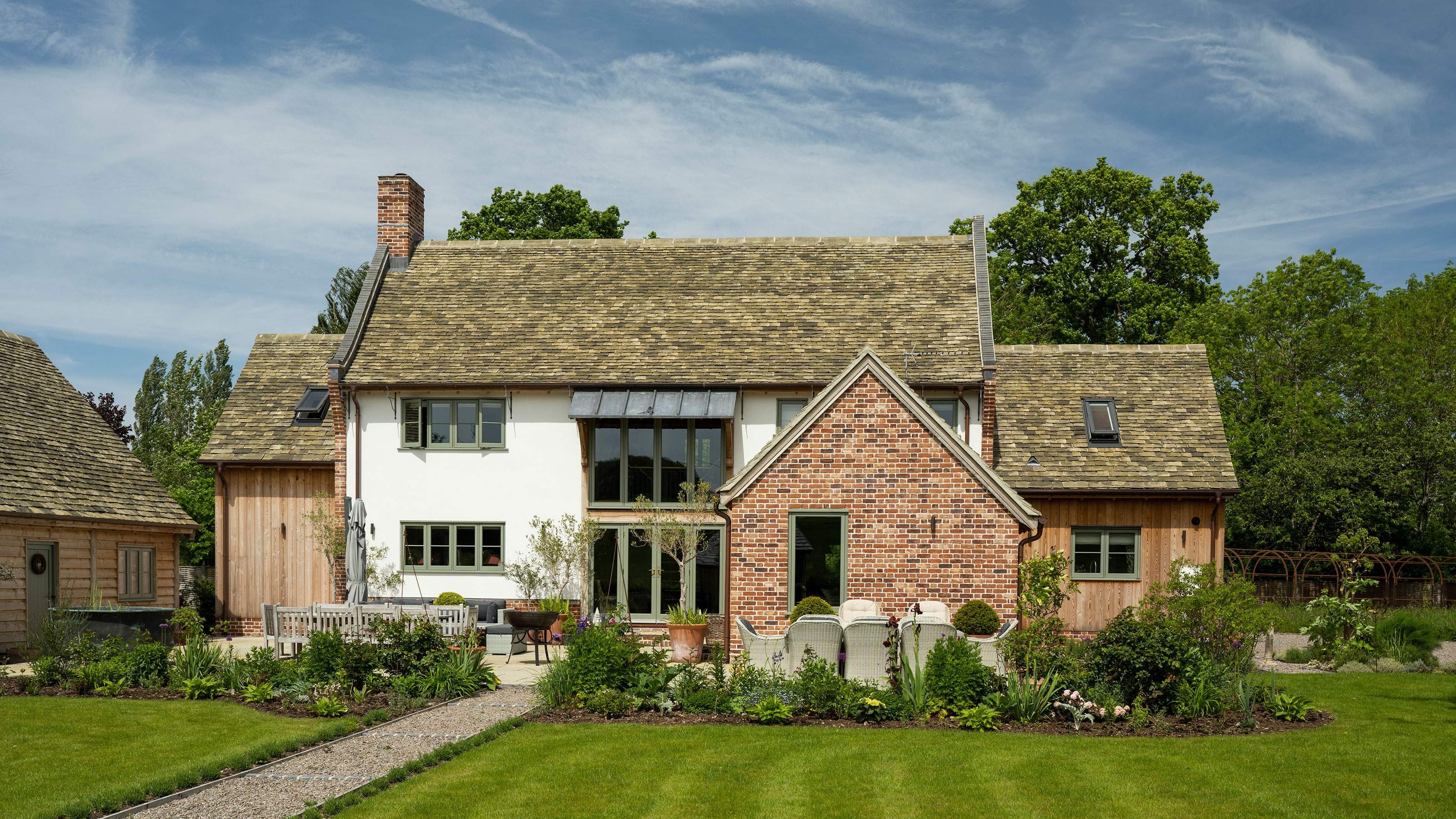
Getting your roof covering ideas sorted early on in your project is hugely important — not only does your roof carry out a practical function in keeping your home safe, warm and dry, but it also forms a massive part of its final appearance.
Whichever types of roof you happen to be working with, there is a broad range of roof covering options to consider, from those that are perfect for those after a traditional-style finish to their home, to materials that ensure the roof is the focal point of the building.
Here, we provide you with some inspiration to get you started, whether you are on a tight budget, are looking for the ideal crowning glory for your contemporary home or are keen to include green elements into your project.
Will I be limited on my roof covering ideas?
While there is normally no reason why any roof covering should be out of bounds, there will be certain instances where you might find a material will either be deemed unacceptable by the local planners or that it may just not be suitable for your particular roof.
Certain types of roof tiles will not be suitable for roofs with very shallow pitches — for example plain clay tiles.
"Roofs with a gradient of 35° or steeper are considered suitable for clay roof tiles," says Mark, author of the ever-popular Housebuilder’s Bible and an experienced builder. "That said, certain interlocking clay tiles are now available for roof pitches as shallow as 15°."
In the case of those living in a listed property or a designated area, the planners may well insist on a certain type of roof covering, leaving you with very limited options.
1. Create traditional appeal with handmade clay
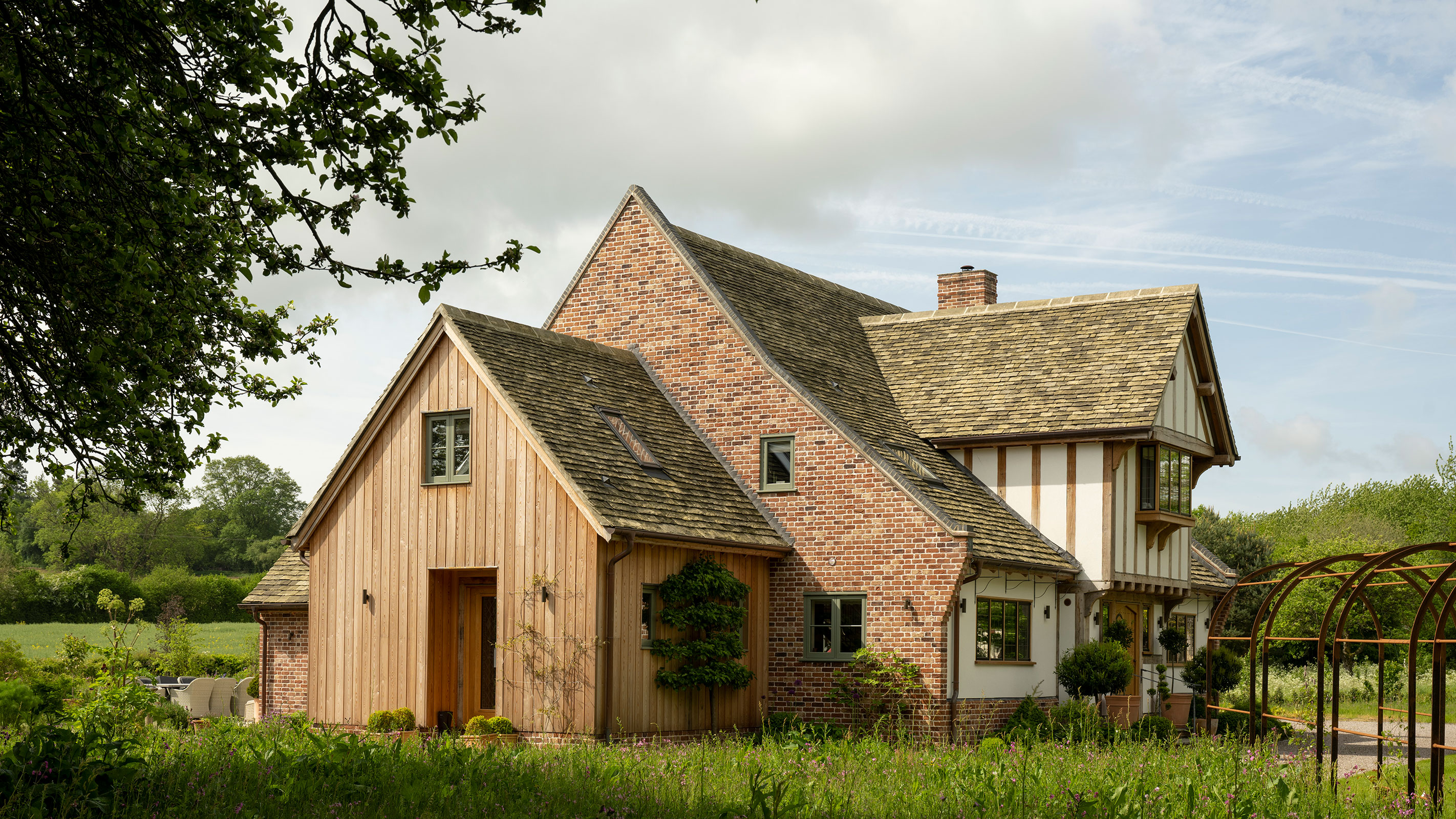
It is very hard to match the character and beauty of a handmade clay roof tile, making them a popular option with self builders and renovators alike, despite their relatively high price tag (handmade clay tiles can cost up to 50% more than machine-made clay tiles.)
“Handmade clay roof tiles have been part of the English architectural landscape for centuries and can still be seen on many of our historic buildings,” says Paul Lythgoe from Tudor Roof Tiles. “Like-for-like handmade clay plain and peg tiles are usually a requirement if you’re working on a listed property or a house within a conservation area.”
For this reason, those building in a traditional style or aiming to match a new extension to an existing period building often opt for handmade clay — unlike some manmade products, they even improve in appearance over time.
For this stunning oak frame self build, by Border Oak, the owners chose handmade clay tiles to sit beautifully alongside the other materials used externally.
2. Or save a few pennies with machine made clay instead
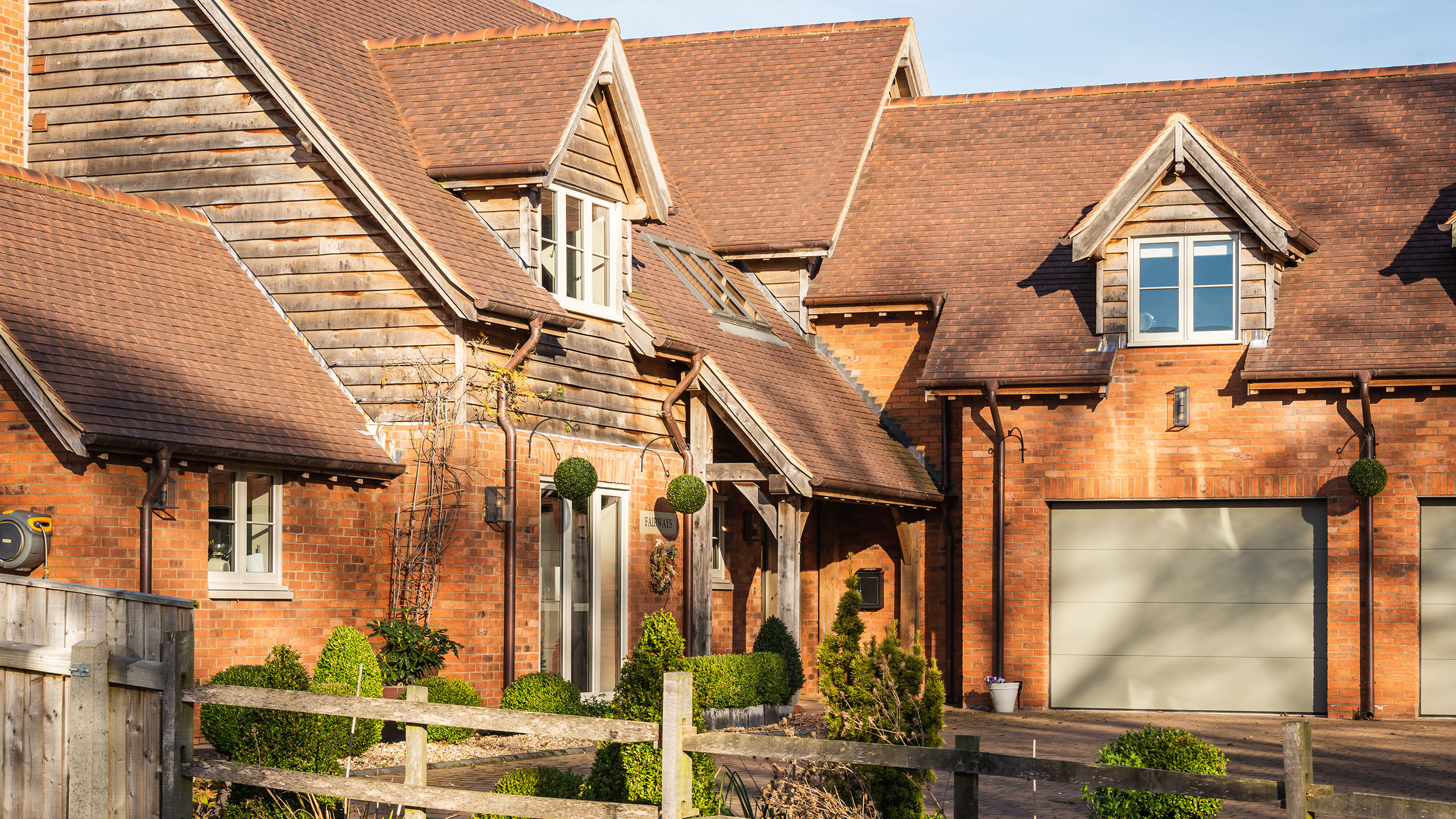
Machine-made clay roof tiles are a brilliant option for those who love the warmth and natural beauty of clay, but are not so much in love with the price tag of handmade versions — in fact in some cases, machine-made clay tiles can be half the price of handmade.
Like handmade clay tiles, they will not fade over time and come in a range of finishes, often making it hard to tell the difference.
For their Oakwrights home, the owners of this property choose a beautiful warm shade of tile to sit alongside the timber cladding and red brickwork.
3. Embrace the benefits of a slate roof
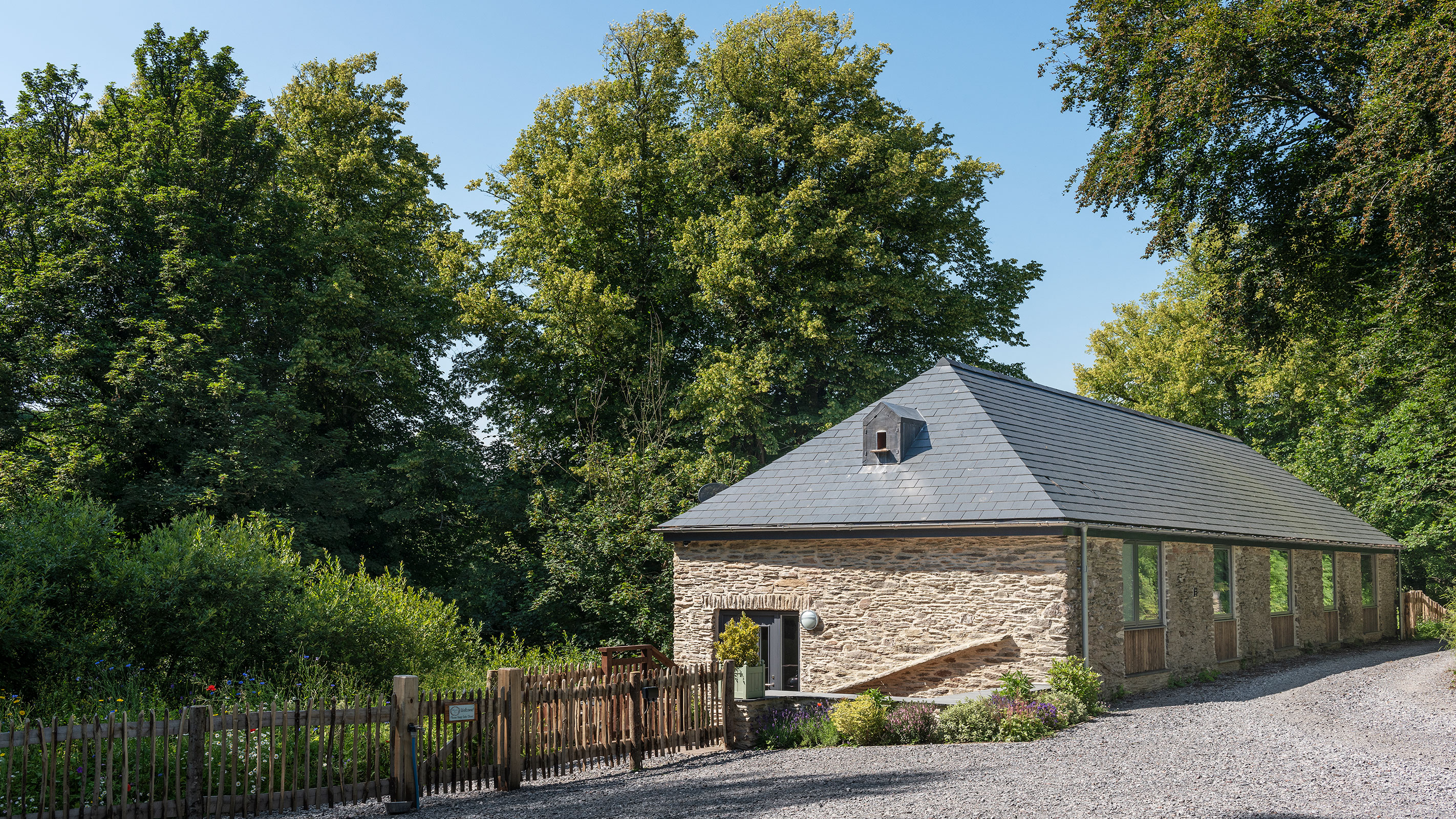
Slate roofs are extremely popular — and for good reason. Not only is slate long-lasting, but it also has a timeless appeal that suits pretty much any style of house — it even looks great when combined with other roof materials, such as clay.
When choosing a slate roof, you will be faced with a myriad of choices and it is really important to check the quality of the slate before parting with any money.
“Look for accreditation — quality slate will always carry one," says Ahmed El-Helw SSQ Group. "If slate hasn’t been tested to BS EN12326 standard and it doesn’t have CE marketing, it doesn’t meet UK building regulations and shouldn’t be installed.”
This barn conversion originally featured a tin roof which was badly damaged and was replaced with an oak frame structure by Carpenter Oak, before being finished in slate.
4. Go for a concrete look-a-like tile
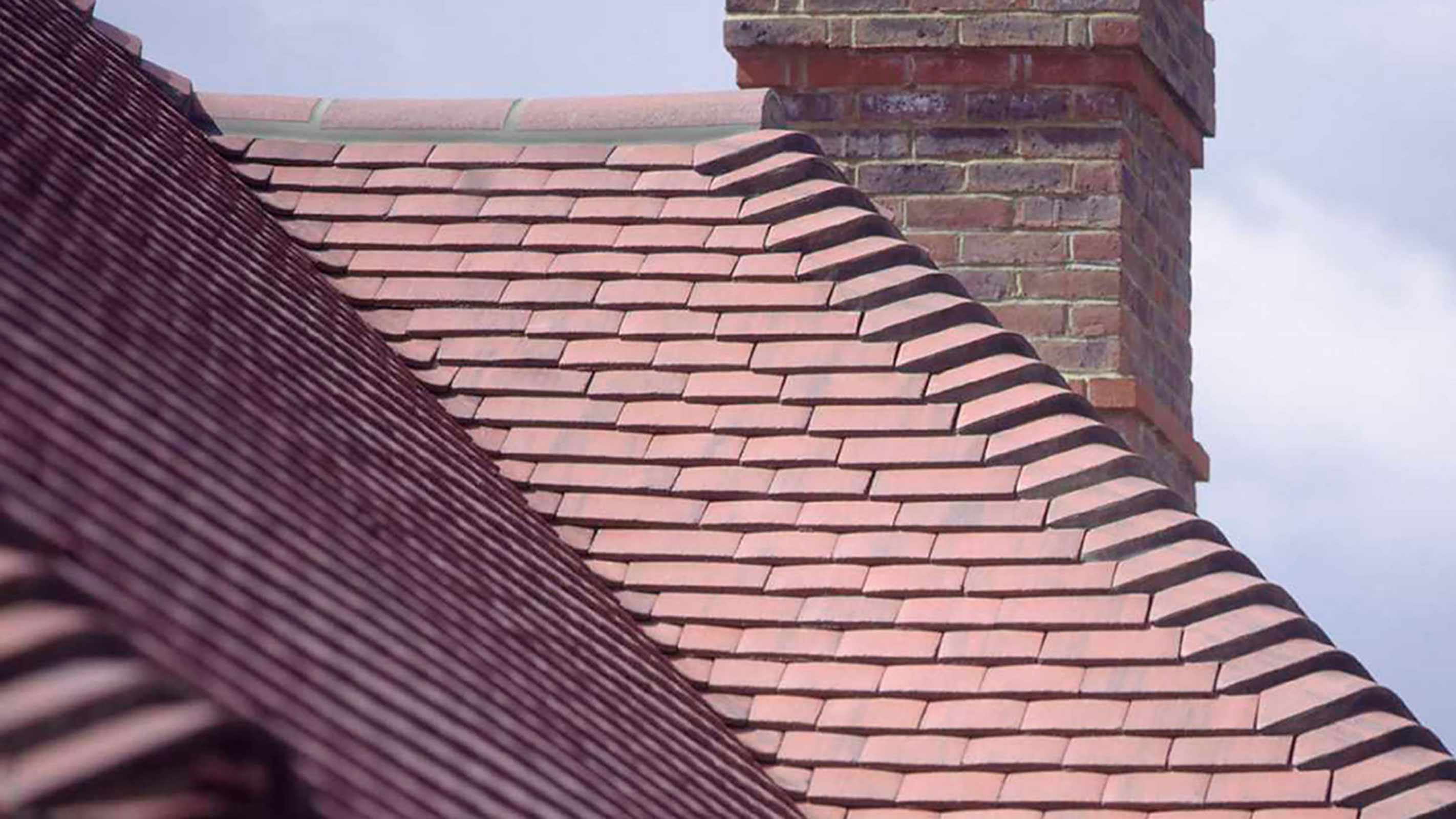
There a many reasons why people choose concrete roof tiles. Not only are they one of the cheapest options out there, but they also come with other benefits.
"Concrete roof tiles can be used on roofs with lower pitches than clay — some on pitches lower than 15˚," explains Mark Brinkley.
They also tend to hold up better in very cold weather conditions, where clay can crack or shatter, plus they are very durable. They have also come on in leaps and bounds in recent years. While the very cheapest of clay tiles can fade in colour over time, if you choose a through-coloured product, this shouldn't be a problem.
Marley's concrete plain tile in Old English Dark Red, shown here, is a very convincing clay replica.
5. Incorporate nature with a green roof
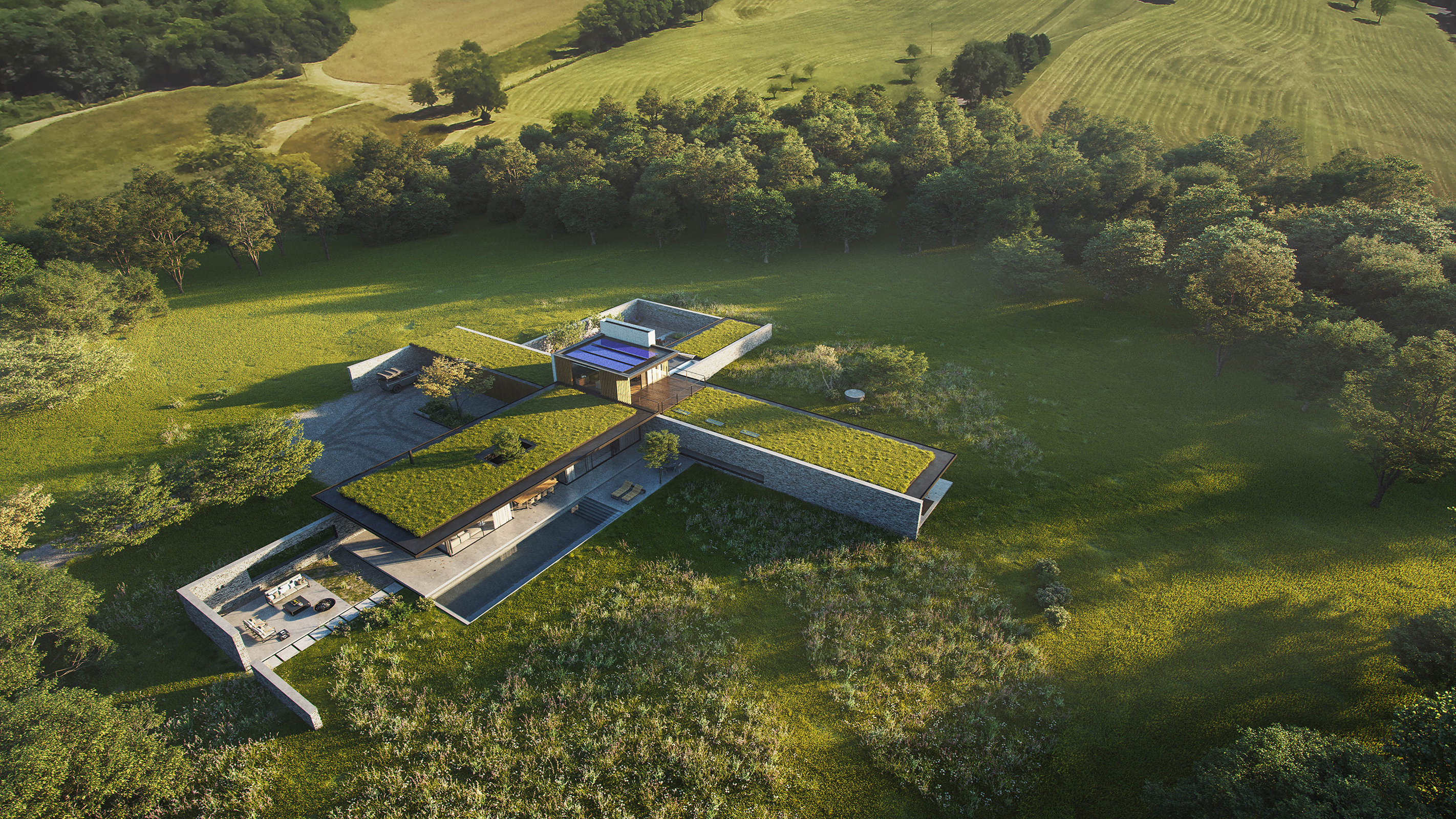
Not only do green roofs look beautiful but they also provide many other benefits, not only to the planet, but also to homeowners.
"Green roofs come in all shapes and sizes — from micro set-ups on a garden shed to vast rooftop gardens for modern self build homes," says Tim Pullen, an expert in sustainable building methods and energy efficiency in residential homes.
Green roofs can absorb heat from the sun, as well as CO2 and up to 70% of the water that falls on them. In addition they can help to insulate a house and are particularly good for preventing overheating in the summer.
Of course green roofs also look lovely and so are perfect for flat roofs that are overlooked by rooms on the upper storeys, where the owners can get a great view.
This home was designed by Ström Architects to ensure that the house and landscape appeared as one.
6. Inject some serious style with zinc
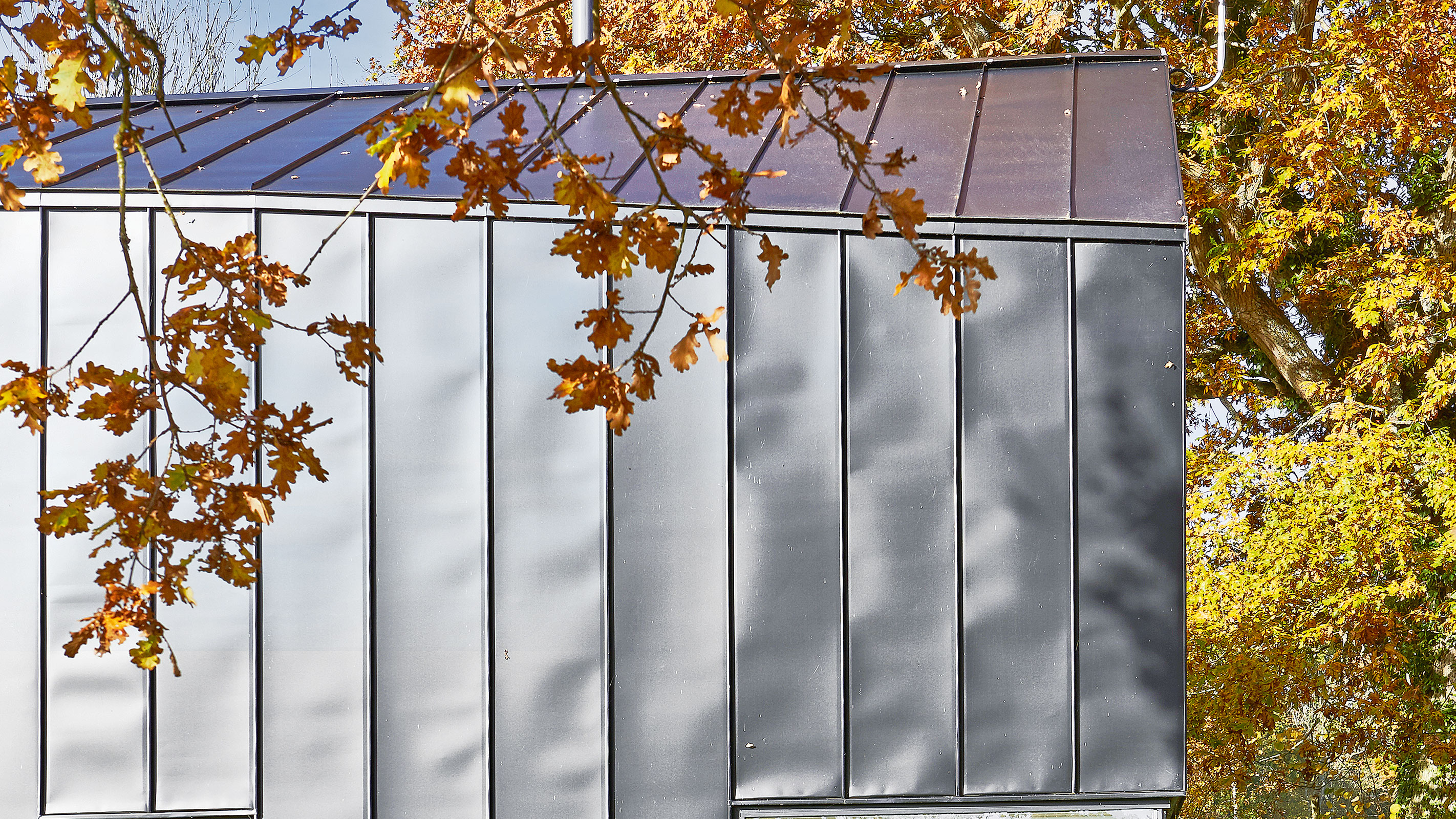
Zinc has actually been used as a roofing material for around 200 years, despite it often being viewed as the perfect choice for those designing a contemporary home.
Zinc roofs come in a huge rage of colours and finishes with pre-pigmented varieties allowing you to specify a zinc in a number of shades, including warm red, rust orange or rich purple, to name a few.
This new barn-style home features both zinc cladding and roofing, chosen to give it a 'modern rustic' look that will weather beautifully over the years.
7. Finish a flat roof with a rubber finish
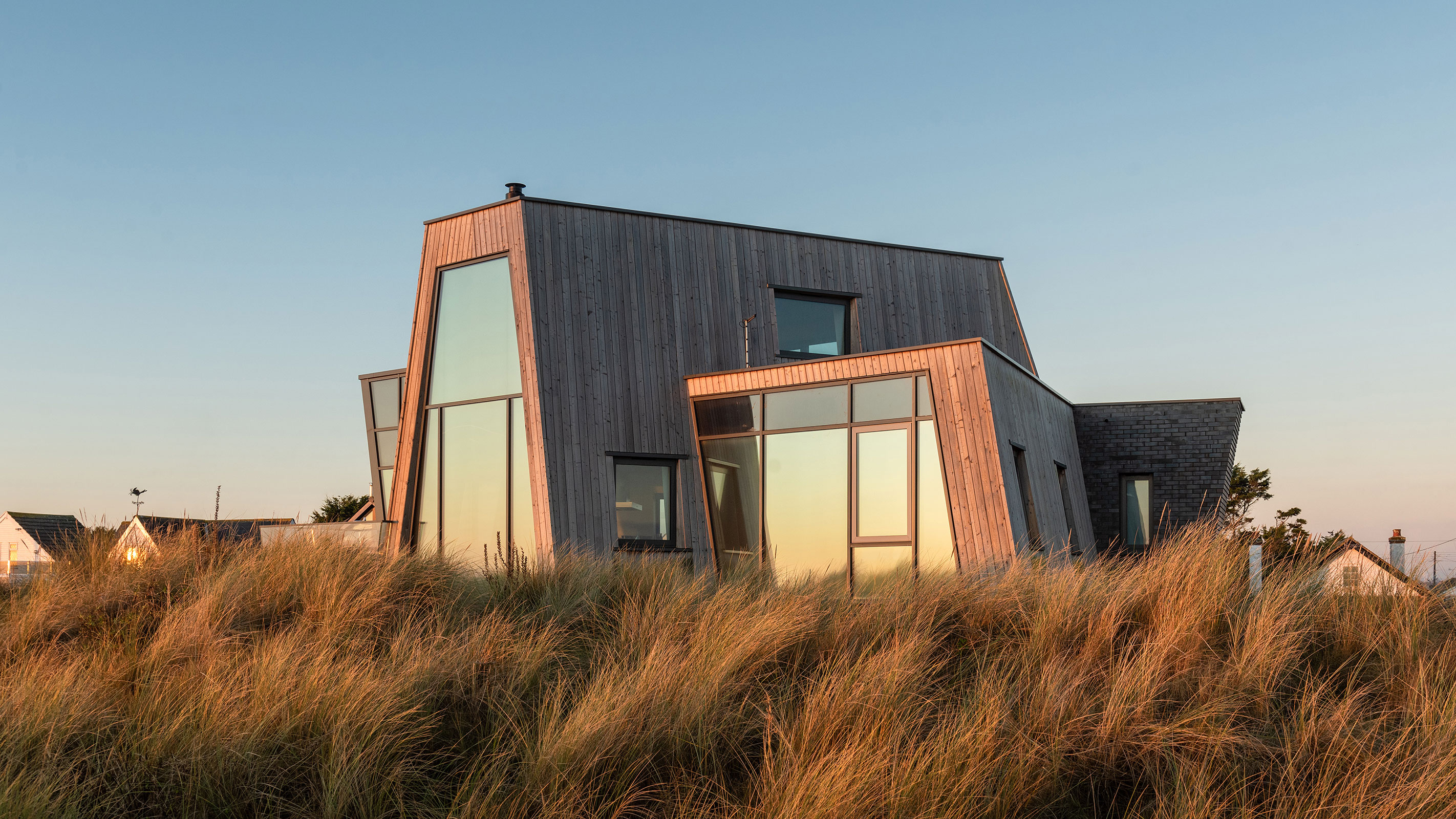
When it comes to the best covering for flat roof extensions and structures, EDPM rubberised roofing is a popular choice — for many reasons.
"Easy to install, ethylene propylene diene monomer (EPDM) artificial rubber is delivered in cut-to-size rolls with their own flashing systems," explains chartered surveyor Ian Rock. "This can normally be installed in a single seamless layer without joins, so it should be leak-free. It is usually bonded to the substrate with adhesive and, done well, can last 30 to 50 years."
For this contemporary coastal home in Kent, designed by CWZG Archictects, EPDM was chosen rather than a sedum roof. It has been covered with white pebbles and features aluminium flashings.
8. Ensure the roof blends in by using stone tiles
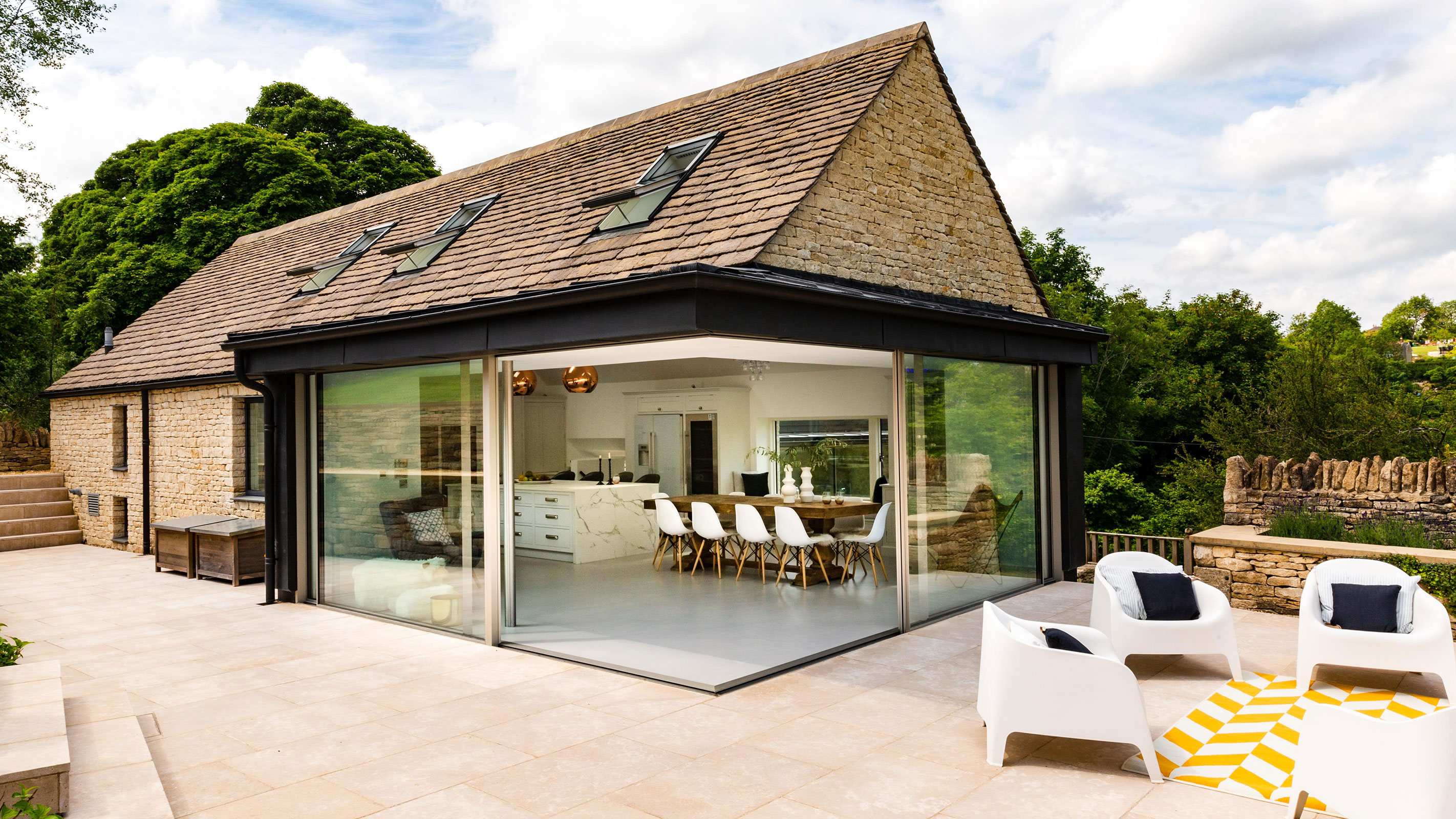
Stone roof slates are a common site in many parts of the UK, including the Cotswolds and the Yorkshire Moors. In fact, in some rural areas, planners will insist that they are used, often preferring split slates as opposed to sawn slates.
"A stone roof can last 100 years and could even last 200 to 300 years if well cared for," says Mark Brinkley. "Whether you are renovating or building a new house with a stone roof, it is vital to get the laying spot on and maintain it properly thereafter."
If you opt for a stone slate roof, be sure to choose an experienced stone roofer to carry out the work.
This renovated and extended Cotswold stone cottage, designed by Millar + Howard Workshop, features beautiful stone slates that work really well alongside the contemporary elements.
9. Create an eye-catching finish with copper
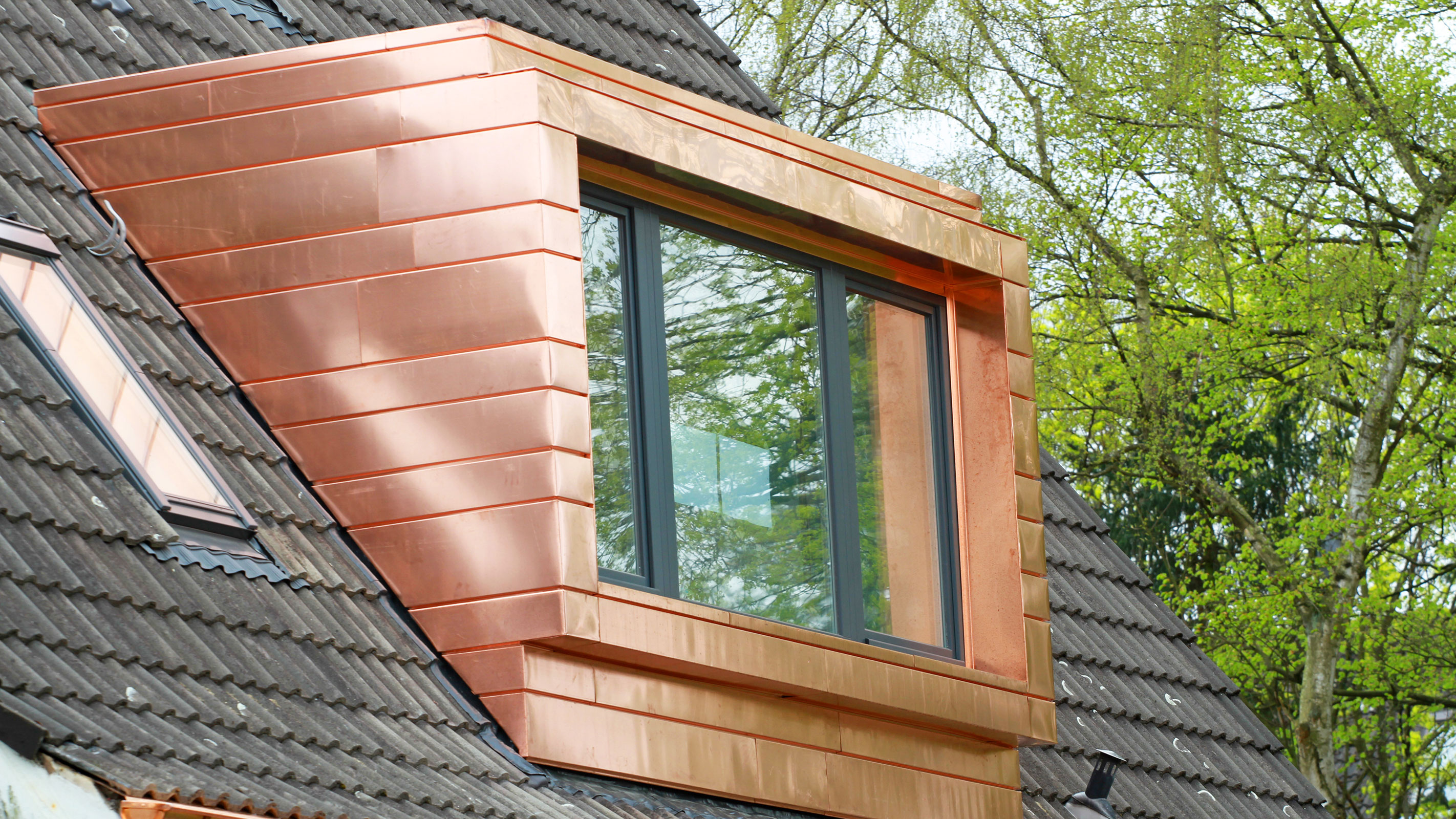
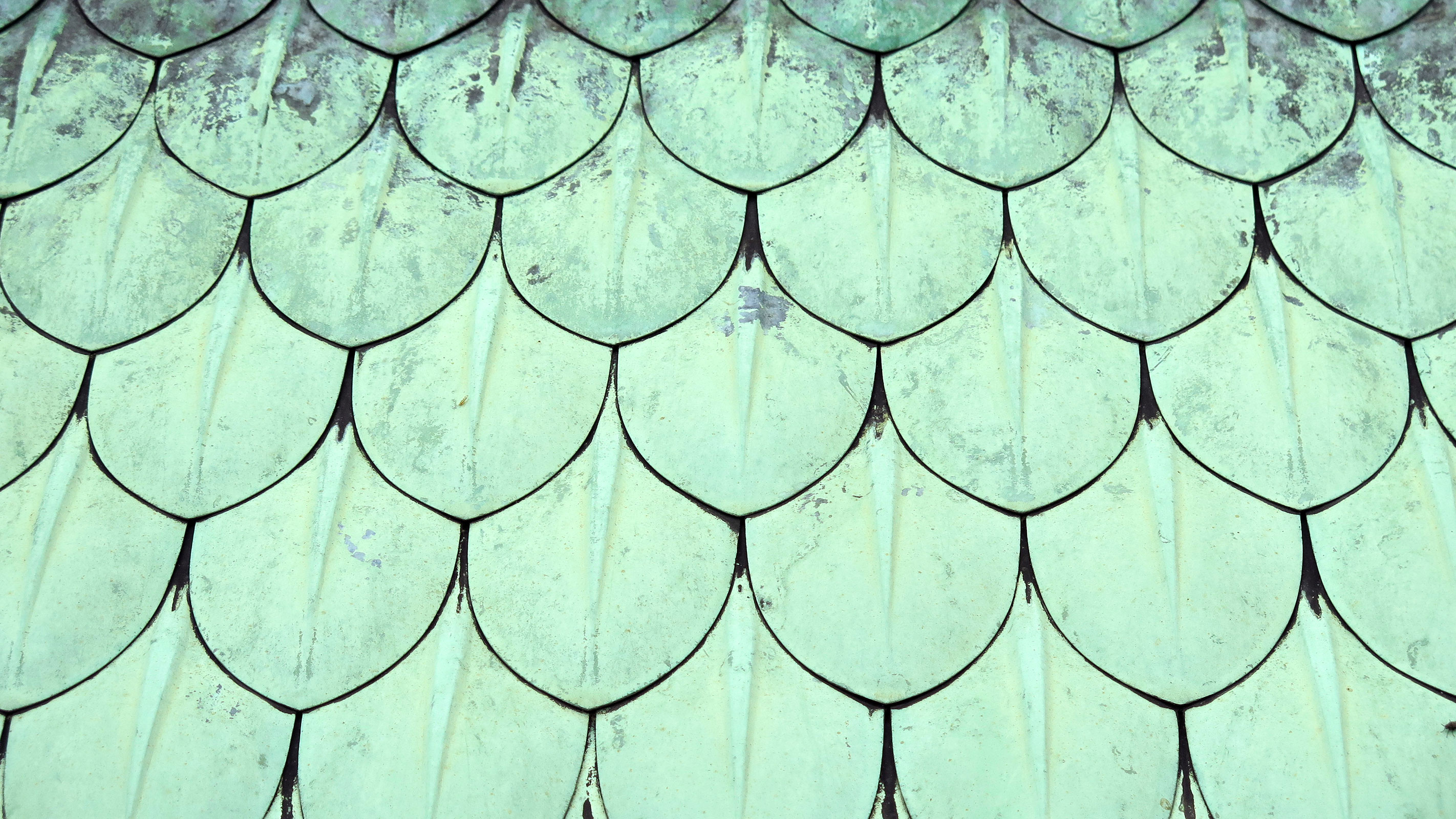
Although metal roofing is actually nothing new, it has really grown in popularity in recent years. One particularly eye-catching metal for roofing is copper.
"Copper can be purchased in a wide variety of finishes, including aged verdigris green copper and bright raw copper," advises Sean McHugh from The Metal Roof Company. "Once installed, the metal will immediately start to oxidise and lose its bright natural patina."
Copper roofs are long-lasting and durable and are usually fire, mildew and rot resistant too. Plus, they can be installed on roofs with low pitches. On the downside, they are an expensive option.
10. Finish off a cottage-style home with a thatched roof

For many people, a thatched roof is what immediately springs to mind when thinking of the quintessential English country cottage.
"Thatched roofs today exist primarily as a restoration activity, but every year there are few thatched new builds as well," says Mark Brinkley. "Thatching is not something you would ever consider adding to a house as an afterthought — you more or less have to design the house around it.
"Thatch roof costs are considerable and thatch roofs require fairly frequent attention over the years."
That said, a thatched roof is a thing of beauty, as can be seen in the case of this lovely stone cottage.
11. Keep things looking local with pantiles
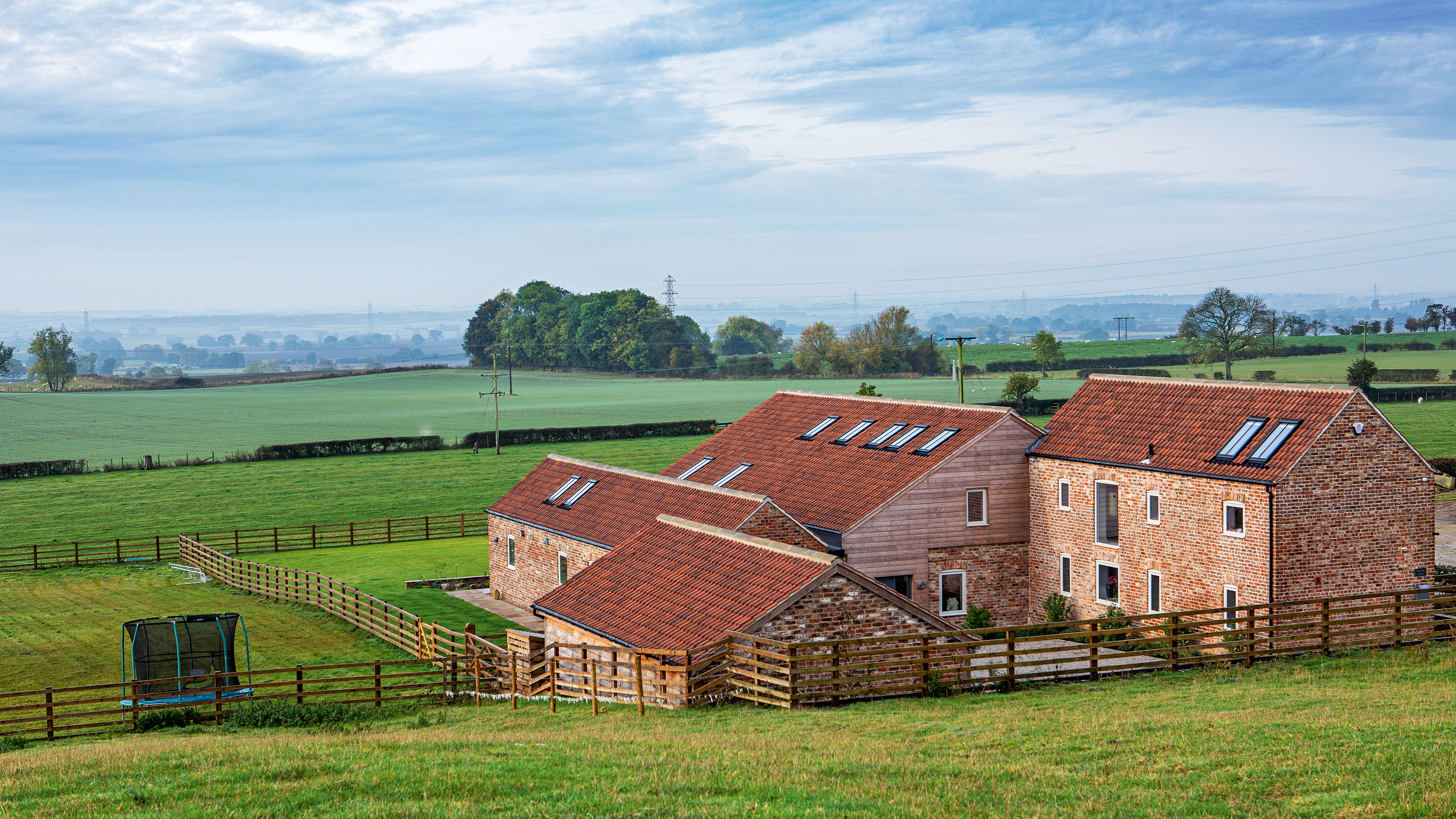
A pantile roof is a traditional sight in many parts of the country — particularly on the eastern coast of England and Scotland. Pantiles bring lots of character and charm to a house and also come in materials other than clay, meaning they are now also a more affordable option than they once were.
Pantiles are large format, S-shaped tiles designed to be laid in a side lapping arrangement, with the ends of the tiles overlapping the course directly below only.
One of the main benefits of a pantile roof is how lightweight they are — in fact, they are often up to a third lighter than other types of roof tile, plus many modern pantiles can be used on roof pitches as low as 12.5˚
As part of the renovation and extension of this 100-year old granary and hay barn in North Yorkshire, traditional clay pantiles have been used.
12. Inject some warmth with corten steel
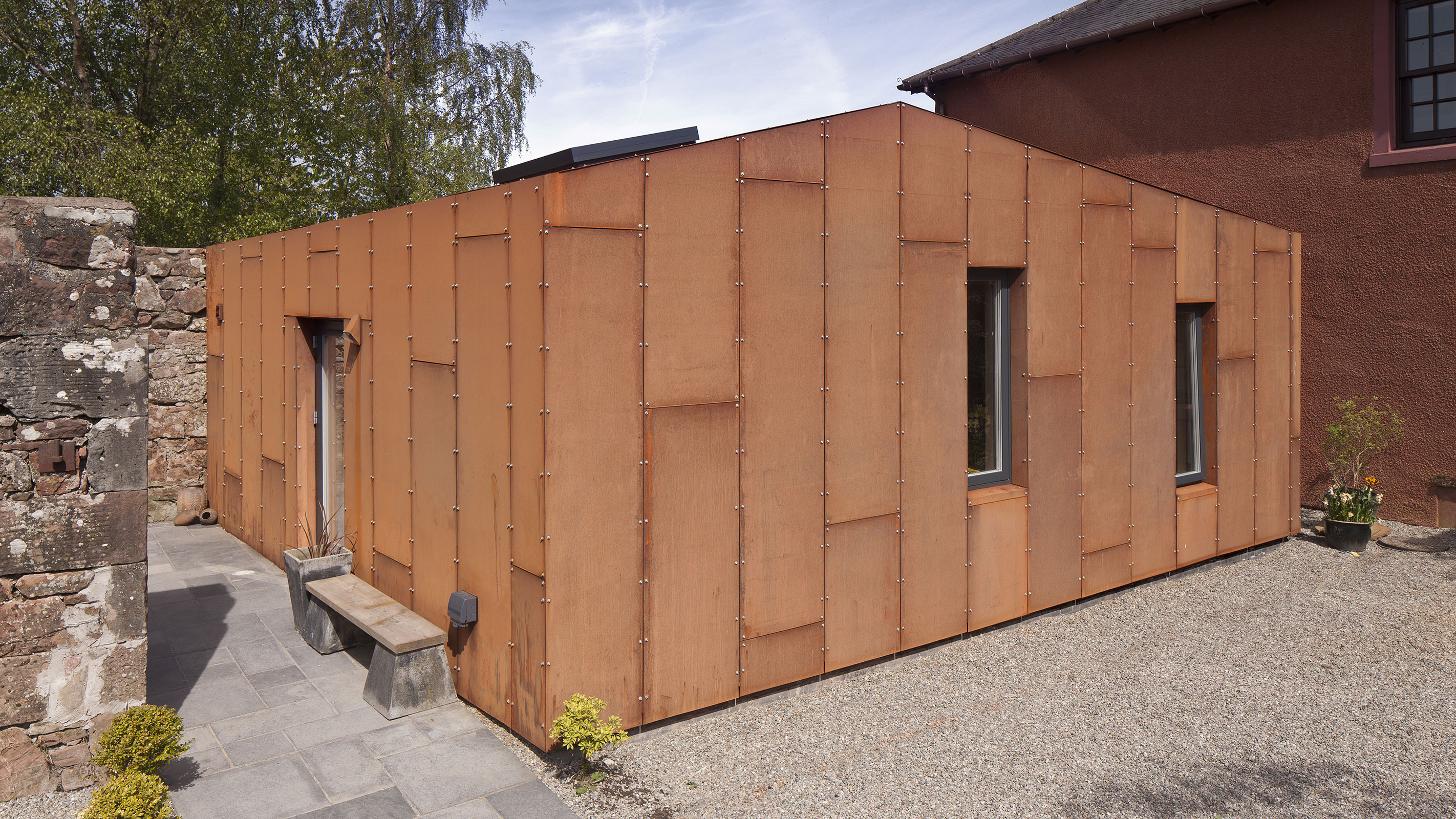
Corten steel makes for a striking cladding material, but it can also be used as a roof covering.
"Corten, or weathered steel cladding, is corrosion resistant while maintaining tensile strength," explains Mark Brinkley. "By adding alloying elements (copper, chromium and nickel), the rust film congeals on the surface and virtually stops all further rusting.
"While other metals used in construction are designed to resist corrosion, Corten invites rust to form on its surface," continues Mark. "The rust itself forms a film which covers the surface and forms a protective layer. You don’t need to treat it and you certainly do not paint it: it’s all about making rusty steel look attractive."
This highly striking extension, designed by Paper Igloo, was constructed in timber frame and insulated with wood fibre insulation. Corten steel has been used to clad the entire structure and was chosen to blend in with the deep red colour of the existing render.
Get the Homebuilding & Renovating Newsletter
Bring your dream home to life with expert advice, how to guides and design inspiration. Sign up for our newsletter and get two free tickets to a Homebuilding & Renovating Show near you.
Natasha was Homebuilding & Renovating’s Associate Content Editor and was a member of the Homebuilding team for over two decades. In her role on Homebuilding & Renovating she imparted her knowledge on a wide range of renovation topics, from window condensation to renovating bathrooms, to removing walls and adding an extension. She continues to write for Homebuilding on these topics, and more. An experienced journalist and renovation expert, she also writes for a number of other homes titles, including Homes & Gardens and Ideal Homes. Over the years Natasha has renovated and carried out a side extension to a Victorian terrace. She is currently living in the rural Edwardian cottage she renovated and extended on a largely DIY basis, living on site for the duration of the project.

